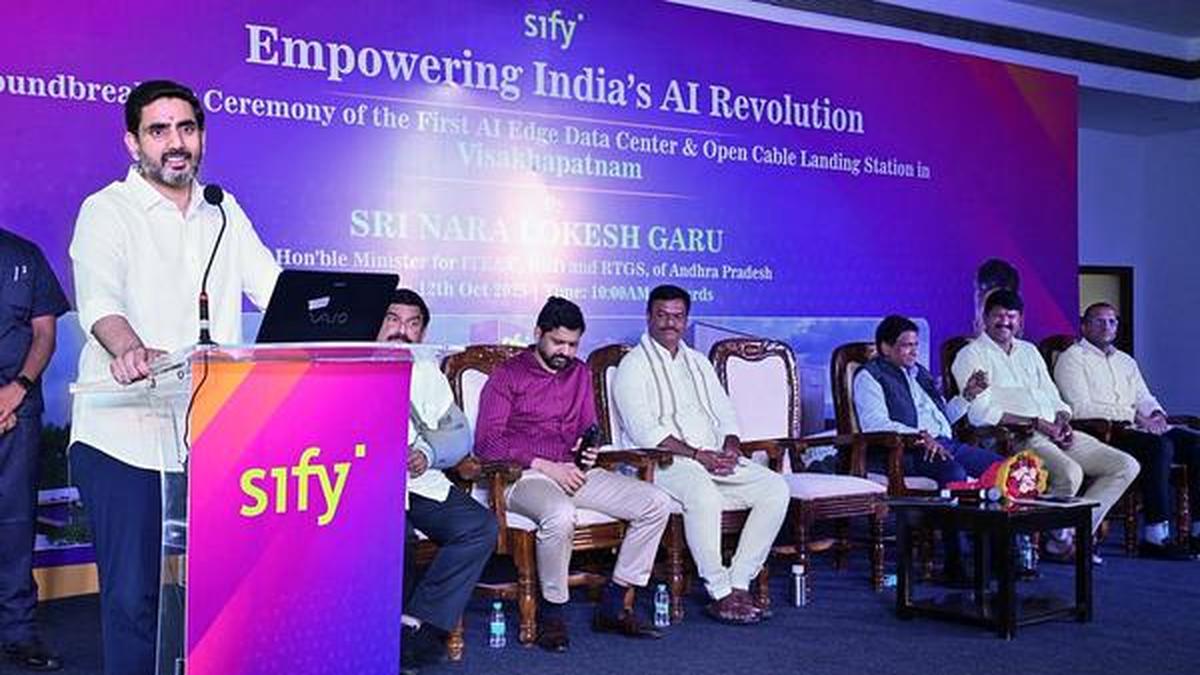
Medal for the Nobel Prize for Physics, awarded to British physicist Joseph John Thomson (1856-1940) in 1906. The design shows a relief profile of Alfred Nobel, designed and signed by Erik Lindberg in 1902. (Photo by SSPL/Getty Images)
SSPL via Getty Images
The 2025 Sveriges Riksbank Prize in Economic Sciences in Memory of Alfred Nobel celebrates three thinkers who transformed how we understand growth and innovation. Joel Mokyr of Northwestern University, Philippe Aghion of Collège de France and INSEAD, and Peter Howitt of Brown University advanced our understanding of innovation-driven economic growth: why it thrives, why it sometimes stalls, and which environments allow it to endure. Their ideas are profoundly relevant to the energy transformation unfolding today, a gradual shift from fossil-based, centralized systems to a cleaner, more distributed energy ecosystem. As the world races toward net-zero emissions, the lesson is clear: energy transitions, like past industrial revolutions, depend on creative destruction, energy abundance, and the alignment of institutions with innovation.
Creative Destruction and the Energy Transition
Philippe Aghion and Peter Howitt’s landmark 1992 paper introduced a model in which progress arises through creative destruction, a Schumpeterian process where new ideas displace older technologies and firms. Growth, they showed, is a dynamic process of renewal. Economies advance when innovators develop superior methods and outdated systems are allowed to exit. This process is rarely smooth or painless, yet it remains the essential mechanism of long-term growth.
That same dynamic now defines the energy sector. The transition from fossil fuels to renewable sources is not a marginal adjustment; it is a structural reorganization of production itself. The old model centered on a few large producers delivering power through one-directional grids. The emerging system is distributed and flexible, shaped by millions of smaller participants who generate, store, and manage electricity locally. Solar rooftops, electric vehicles, and digital grid optimization embody the turbulence Aghion and Howitt described, in which the decline of incumbent technologies creates the space for new growth. Societies must support this process, because without it, there is no progress.
Some policymakers and members of civil society view such creative destruction with unease. Yet suppressing new technological solutions or artificially propping up outdated infrastructure stifles innovation. A successful energy transition will depend on policies that reward experimentation, allow inefficient producers to exit, and accept that short-term disruption is the cost of long-term prosperity. The renewable revolution requires the same resolve that once enabled industrial societies to replace muscle power with steam.
Growth Needs Energy, Not Limits
Having studied the Industrial Revolution, Joel Mokyr showed that technological progress depends on the accumulation and application of useful knowledge. He argued that invention becomes transformative when societies organize to turn ideas into practice. The Industrial Revolution succeeded because it paired scientific discovery with engineering ingenuity, producing a steady flow of practical innovations that changed production. Abundant energy sources such as coal and later electricity made those innovations scalable, yet the driving force was the institutional and cultural commitment to learning.
The same pattern holds in the digital age. Artificial intelligence, data analytics, and automation are transforming economies, and they require vast amounts of electricity. This has renewed debate about energy use, with some suggesting that growth must slow to preserve resources. Mokyr’s perspective points elsewhere. High levels of energy consumption accompany advanced societies because energy enables human development. Every modern indicator of well-being—healthcare, education, technology access—depends on reliable energy availability.
The challenge, therefore, is not to limit consumption but to change its composition. The goal should be clean abundance rather than managed scarcity. Renewables, advanced nuclear systems, energy storage, and grid-enhancing technologies provide the foundation for that future. The coming decades will require an energy policy that fuels innovation instead of constraining it.
Institutions for an Energy Enlightenment
The final lesson lies in the institutions that make progress possible. Mokyr’s historical work shows that the Industrial Revolution succeeded because of an intellectual and social environment that rewarded experimentation and tolerated uncertainty. The Enlightenment created a culture in which knowledge could circulate freely and new ideas could be tested. This openness turned invention into a continuous process rather than a series of isolated breakthroughs.
Energy transitions require that same spirit. Innovation in clean technology will depend on institutions that value transparency, collaboration, and risk-taking. Regulatory capture, monopolistic control, and rigid governance can undermine progress even in the presence of good technology. Successful transitions will occur where governments, researchers, and entrepreneurs build systems that connect scientific discovery with practical application. When that feedback loop between knowledge and deployment is strong, progress accelerates. In many ways, Mokyr’s concept of a “market for ideas” is the template for modern energy policy. Societies should experiment through flexible regulation, public research funding, and open data.
Toward a Culture of Energy Growth
The 2025 Nobel laureates remind us that economic progress is a process, not a static condition. Growth arises from renewal and open institutions allow ideas to circulate. The energy transition is not a technical correction to an old system. It is an opportunity to rebuild the foundations of prosperity around the principles that Aghion, Howitt, and Mokyr have put forward.
First, innovation must be allowed to be disruptive. Second, societies must accept that abundant clean power is necessary for growth. Third, institutions must remain open, flexible, and oriented toward discovery. If these lessons are applied, the energy transformation of the twenty-first century might mimic the successes of the Industrial Revolutions. We have entered the next stage in humanity’s long experiment with progress.
.png)








 English (US) ·
English (US) ·